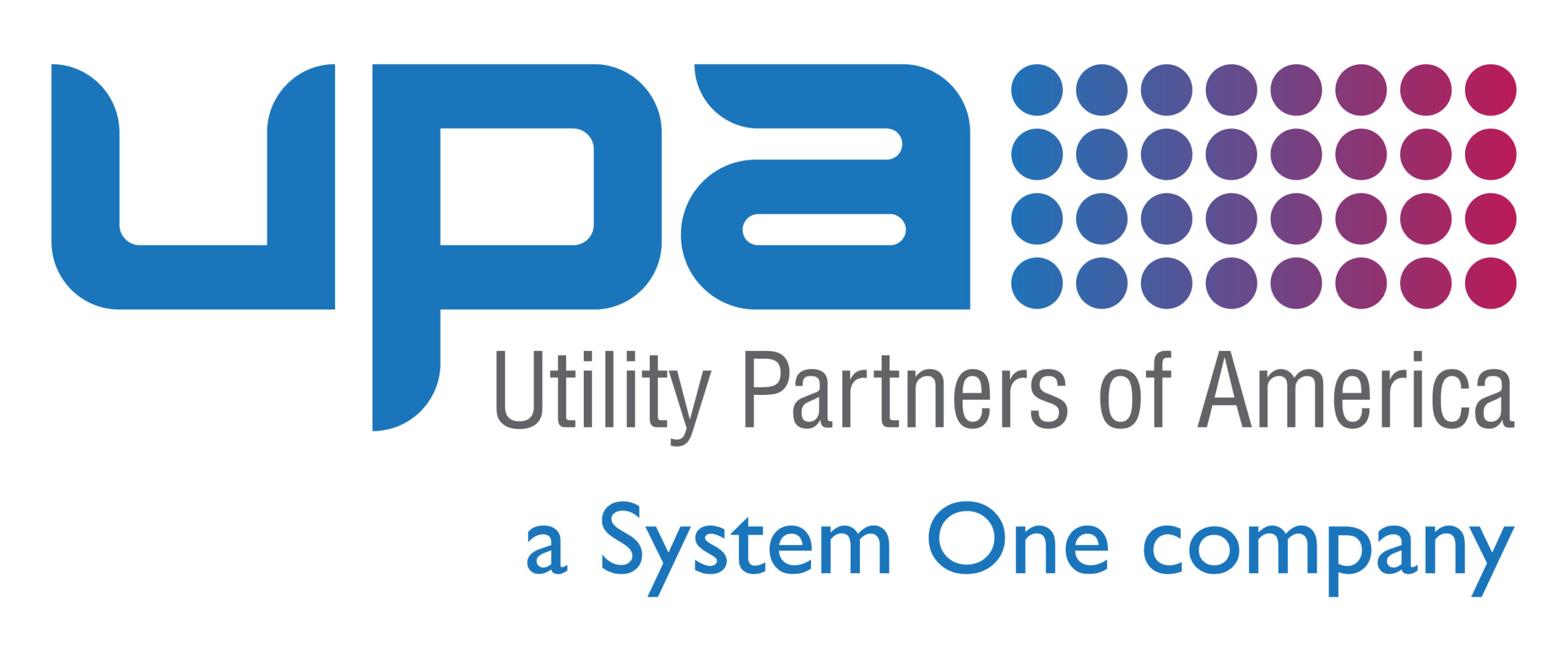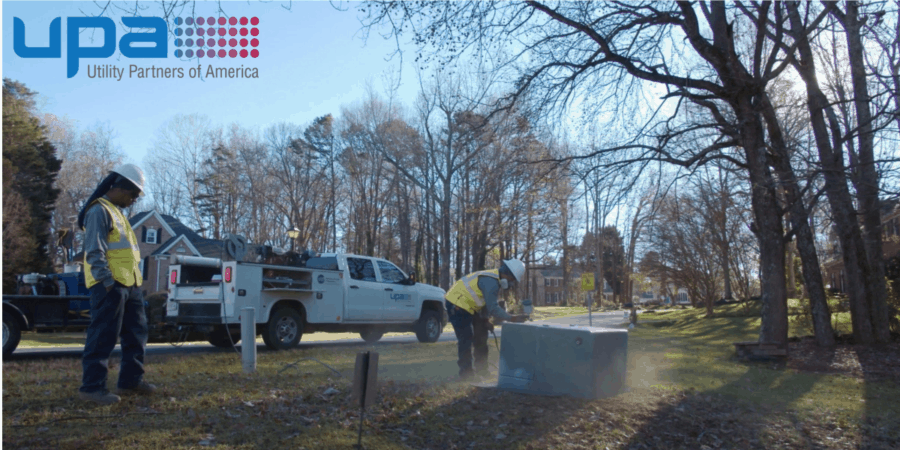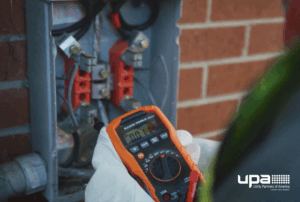Utilities like those that supply power, water, and gas for residents and businesses are your prototypical service providers. Excluding the production of clean water, these businesses don’t necessarily provide a tangible good that customers can touch or hold. And like many other service providers, utilities have high overhead costs. Especially when you consider the complexities of the assets they own and the maintenance involved.
For example, it’s been reported that the cost of shifting the U.S. power grid to 100% renewable energy would cost about $4.5 trillion. That’s indicative of a massive overhaul. Replacing busted pipes, leaky valves, and outdated meters add up to a substantial cost. It’s because of these costs that utilities must take good care of their assets. Here are a few advantages for utilities that perform regular asset maintenance through preventative care.
Asset maintenance helps utilities keep stock of what they have
A utility’s infrastructure can be enormous in size. With assets both above and below the ground, it can be easy to lose track of what’s out there, how old it is and when it’s ready for repair or replacement. The best way to ensure that never happens is with a comprehensive asset management plan. This plan can inform management not only where each asset is located but how the asset is used as well as historical documentation on installation and any repairs that have taken place since, and when the asset is due for preventive maintenance. By closely following this plan, leadership will receive helpful insights. Those insights can be used to make enhancements to the business.
Related: The Importance of Infrastructure Maintenance
Asset maintenance improves asset performance
Automobiles are a textbook example of the type of assets that simply operate better when maintained properly. For instance, keeping tires inflated to the suggested level will improve mileage and gas consumption. It also helps avoid blowouts and replacement tires. Routinely changing the oil in an automobile is another example of preventive maintenance that keeps assets operating at peak levels. This principle applies to much more than just cars, vans, and trucks. The same can be said for any piece of machinery or asset that can be cleaned, tightened, flushed, or fine-tuned.
Related: Proactive Equipment Checks: A Lifeline for Your Business
Asset maintenance can reduce total costs
By spending a little bit of money upfront to maintain its assets, utilities may be able to avoid a larger outlay of money later on. The cost to repair an asset will be significantly more than the regular maintenance that will prevent it from malfunctioning down the road. It’s possible to plan ahead for preventive maintenance, so downtime won’t be a shock to business operations. This is far preferable to unexpected equipment failures that leave customers without service. Utility leadership tasked with balancing budgets should look at preventive asset management as a way to keep total annual costs down. And that’s always a good thing.
Related: Utility Poles: Maintenance or Replacement
Asset maintenance prolongs the life of the asset
In addition to improving the way an asset performs, a utility that performs regular maintenance on its asset will find that the asset lasts longer. A well-nourished, healthy, human who enjoys exercise will probably live longer than one who eats poorly and leads a sedentary lifestyle. Employees using long-lasting assets can become more accustomed to how they operate, helping with efficiencies on the job. Plus, the utility will save money by not frequently replacing broken assets.
Related: Why Outsourcing Makes Sense
Utility Partners of America Can Help
Utility Partners of America (UPA) has been partnering with utility companies for more than two decades, offering a variety of services, including asset inspections, surveys, and maintenance. If your utility is facing aging infrastructure, contact us today to see how we can help.




